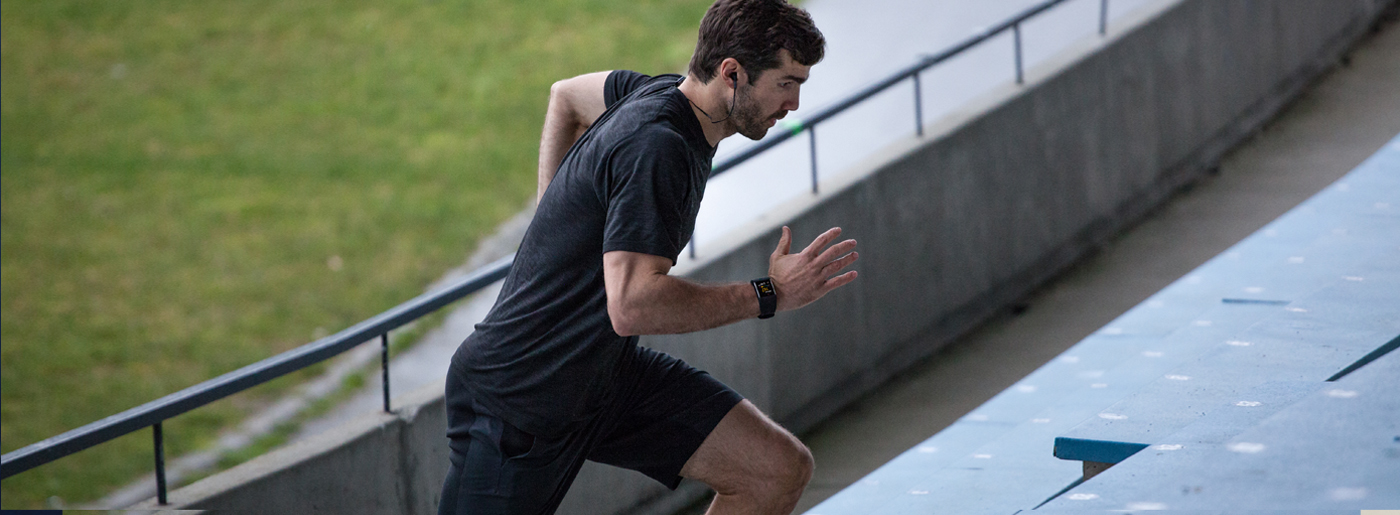Whether you’re standing at the start of a 5K or a marathon, it can be tempting to sprint off the line. Your adrenaline is pumping, the crowd is surging, and you feel great – so why not go all-out?
The faster you start, the more likely you’ll be greeted by “The Wall” later in the race.
Well, because going all-out from the gun is often a recipe for disaster, or at least a surefire way to burn out by the halfway point. Just because you feel great 20 meters in doesn’t mean you’ll feel that same way after 20 miles.
Rather than starting fast in an effort to bank time, most run coaches and experts swear by a tactic called negative splitting.
To negative split a race is to run the second half faster than the first. And while that may sound simple, achieving proper execution often takes some trial and error.
“Runners don’t need to run a 10-20 minute negative split,” says celebrity running coach John Honerkamp, who consults for New York Road Runners. “It can be only a few minutes, or you can pace yourself so your splits are close to even. That’s good, too.”
Honerkamp, who is also a November Project co-leader in New York City and a former 800-meter Olympic Trials qualifier, says runners shouldn’t be intimidated by the idea of negative splitting. Instead, they should use the method as a way to better understand their pacing.
“Negative splitting forces us to go out easy and relaxed. It’s crucial in races like half-marathons or longer distance events. It’s just a smarter way to run.”
Since practice makes perfect, Honerkamp recommends these three workouts that will help runners master the art of the negative split come race day. (Polar Smart Coaching features will help you keep track of and execute these.)
1. Progression Run
The goal of a progression run is to gradually increase your pace throughout the workout.
A progression run gets your mind and body calloused and used to running the second part of your run faster. Let the first few minutes or even miles be really easy so you can let your body get into a rhythm.
- 5–10 minute warm-up
- 5 minutes at marathon pace
- 5 minutes at half-marathon pace
- 5 minutes at 10K pace
- 5 minutes at 5K pace
- 5–15 minute cool-down
Begin with a 5-10 minute warm-up, then transition to marathon pace and gradually increase your speed to get to half marathon pace, 10K pace, and, ultimately, 5K pace.
Finish with a 5-15 minute cool-down.
If you’re not sure what your marathon pace or 5K pace is, use a 1–10 rate of perceived effort scale, starting at a 4, and gradually increasing to an 8. You can also use the running pace calculator to estimate your pace.
2. Intervals
With any interval-based workout – like these repeats on a track, for example – the goal should be to get faster with each interval.
- 10-15 minute warm-up
- 8-10 x 400m with two minutes rest between each interval or
- 4-6 x 800m with three minutes rest between each interval
- 10-15 minute cool-down
It’s imperative that you err on going out too easy on the first one or two. If you go way too fast on the first one, that’ll make it tougher to negative split – just like during a race.
With each interval, aim to pick up the pace slightly so you can finish strong. You should be running at least an 8 out of 10 rate of perceived exertion.
3. Intervals + Regular Run
Sandwiching an interval workout (see above) into the middle of your regular run – with the goal of getting faster on each interval – teaches you to alternate between slower and faster paces throughout one run.
- 20 minute regular run
- 8 x 400m pickups with two minute recovery jog between each
- 20 minute regular run
The first 20 minutes and last 20 minutes of the run should be done at a similar pace (rather than as a super easy warm-up and cool-down).
If you liked this post, don’t forget to share so that others can find it, too.
Or give it a thumbs up!
I like this article
Please note that the information provided in the Polar Blog articles cannot replace individual advice from health professionals. Please consult your physician before starting a new fitness program.





